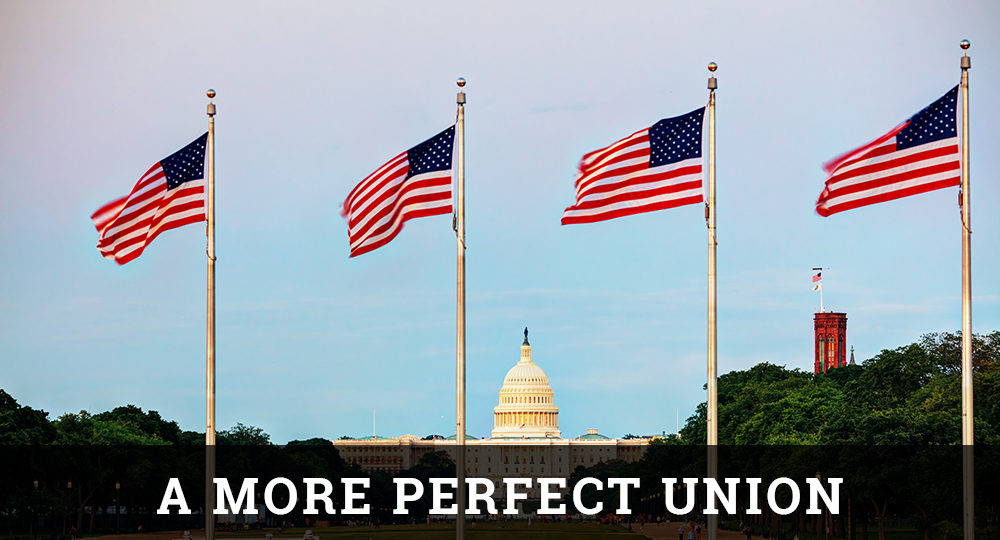


Freedom. Democracy. Have these truly been the result of the so-called Arab Spring? Not for Christians, who appear to be in even bigger trouble than they were in before.
Almost 2,500 years ago, a Persian official wanted to wipe the Jewish people off the map. Sound contemporary? It’s in the book of Esther, where the story begins.
Criminals are a superstitious, cowardly lot.” So says one of America’s popular comic-book superheroes. He could have added, “And they’re a proud lot, too.” Most villains are proud and arrogant...
Haman had it all. Yet Mordecai’s refusal to bow to him ruined everything, as far as he was concerned. That’s because he had two problems many still have today.
Fun, fun, fun! That’s the theme of the Jewish holiday of Purim. Special foods, floats, costumes. Learn how people celebrate today, both in the United States and Israel.